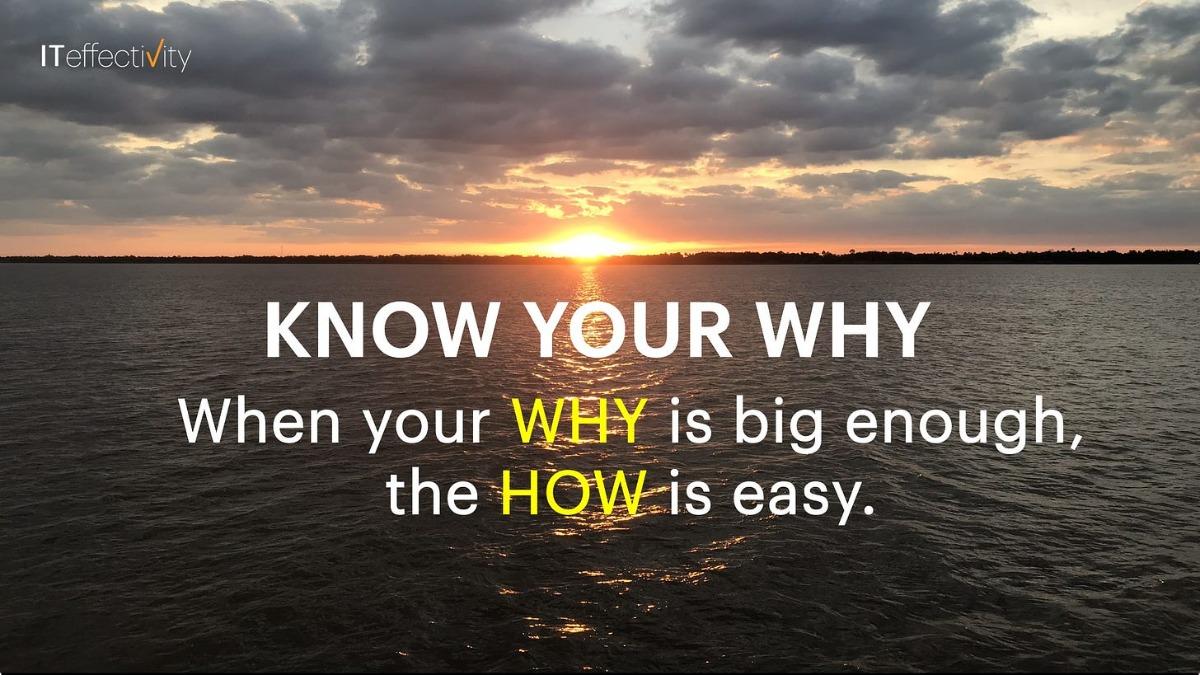Blog
Know Your Why to Know Your Way
Every good strategy requires the clarity of knowing your WHY, your purpose, and your reason for being. In the words of Simon Sinek - “Passion alone can’t cut it. For passion Read More
New Leader Success Strategies
“Leadership and learning are indispensable to each other.” —John F. Kennedy. Career progression is coming up a lot in my discussions with executives and leaders. In today’s fast-paced professional world, Read More
CIO: IT Cost Management 101
The technology tide is here. Are you prepared to handle the cost tsunami? In 2024, the unstoppable tide of workplace modernization and IT automation isn't just a trend - it's a Read More








